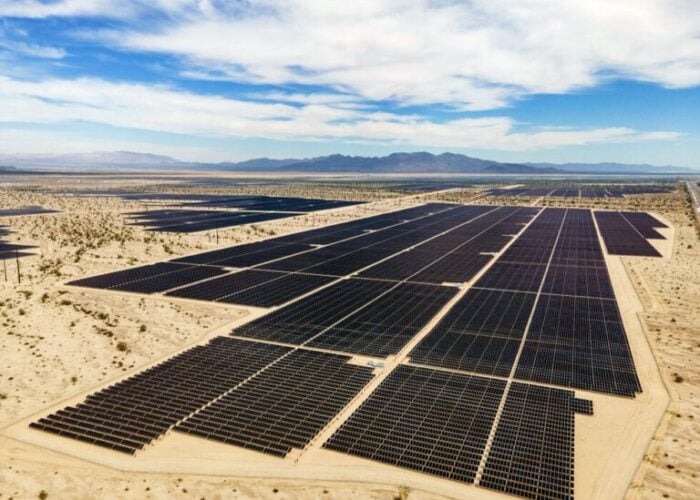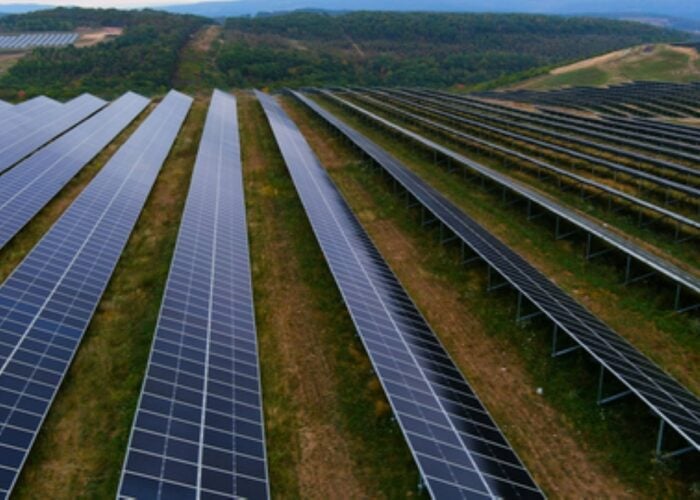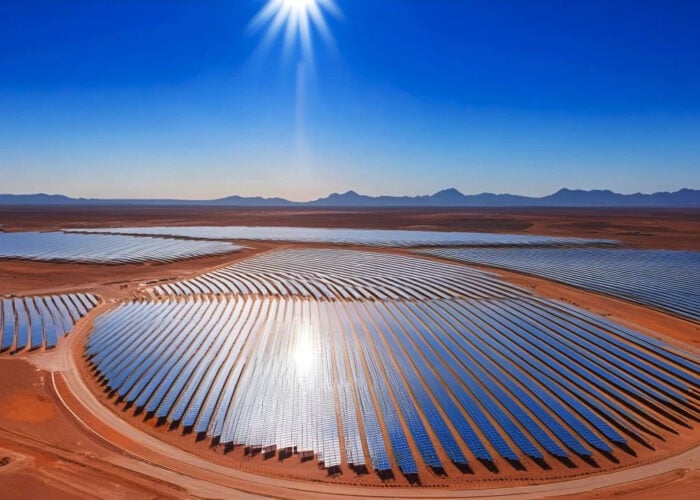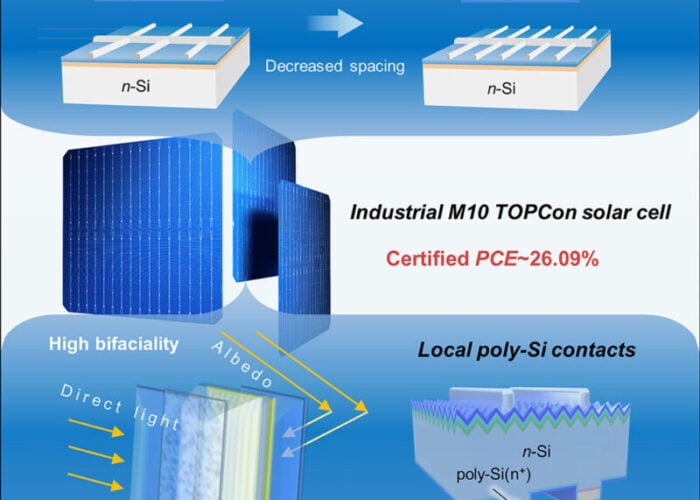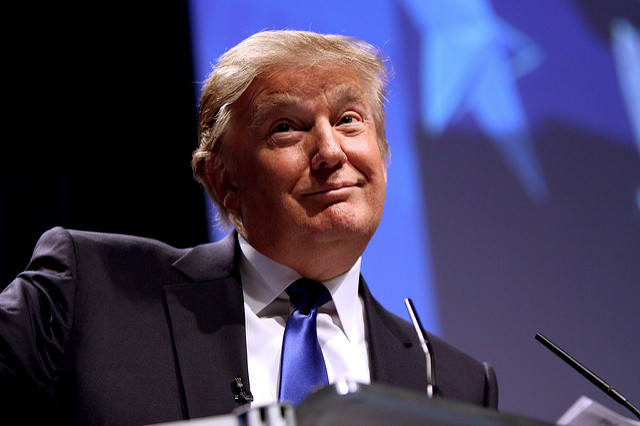
Part one of PV Tech’s series of articles recapping 2019, covering the first three months of the year, can be found here.
Just a month after news emerged from China that a subsidy U-turn could be on the cards, the industry learned that installations in the nation had collapsed in the first quarter of 2019. Figures released by China’s National Renewable Energy Center revealed that just 5.2GW had been installed between January and March, a slide of some 46%.
Try Premium for just $1
- Full premium access for the first month at only $1
- Converts to an annual rate after 30 days unless cancelled
- Cancel anytime during the trial period
Premium Benefits
- Expert industry analysis and interviews
- Digital access to PV Tech Power journal
- Exclusive event discounts
Or get the full Premium subscription right away
Or continue reading this article for free
The reasoning behind this was simple, and well evidenced by Asia Europe Clean Energy Advisory, which noted that the majority of that 5.2GW was in the distributed PV market, indicating a collapse of new utility-scale solar installations on the back of the 531 New Deal of May 2018.
This kind of collapse reverberated across the industry and was felt particularly strongly on the top lines of some of the industry’s largest manufacturers. Profit warnings became more common, with many flagging difficult periods in the first quarter of the year.
One such company was Yingli Green, whose troubles had been well documented for some time. The debt-laden manufacturer revealed in May that the results of the China 531 New Deal had exacerbated its problems and demand for its products had collapsed. Full year revenue for 2018 stood at US$648.1 million, nearly half what it recorded in 2017.
First Solar also reported a difficult start to 2019, reporting Q1 net sales of US$532 million, some US$159 million down from the previous quarter on the back of lower project revenue in the US and Japan.
It pointed the finger at delays in project completions and higher labour costs for its ongoing issues, triggering a restructuring of its EPC business unit, which would see the firm bring in new leadership in an attempt to drive it forward.
US relations sour
Trump’s presidency entered its third year and his regime’s trade war with China began to escalate at the start of the year. Friction between the two superpowers had been growing for some time, and solar was one such sector to feel the brunt of that hostility.
Tech giant Huawei was roped into that and in June confirmed it would be scaling back its operations in the US despite the nation’s solar market representing a significant opportunity. Huawei’s problem in the US stemmed from domestic security concerns over its role in 5G communications network technology, and there had previously been calls for Huawei inverters to be banned from the country.
Huawei confirmed that while it would be scaling back its operations, it would maintain a basic sales and after-sales service team, with products still available to purchase via distributors. The decision was however not expected to have a material impact on the business unit due to strong performance in other markets.
There was markedly better news for bifacial panel manufacturers, however. In June it was confirmed that bifacial solar modules would be exempt from Section 201 tariffs that placed a 25% levy on solar module and cell imports.
That exemption allowed manufacturers to export bifacial modules to the US without punitive tariffs, paving the way for the technology to play a central role in new developments. But the exemption would be targeted later in the year, prompting further anger from trade groups in the country.
Auction lows and reparations
June proved to be a busy month for global solar, and there was yet news of record-low auction prices – a major trend for solar throughout 2019.
In late June Brazil released the results of its A-4 auction, confirming a record low solar price for the country of US$17.5/MWh. A total of 751 projects totaling 26.2GW registered for the tender, however just six projects emerged victorious, landing 20-year PPA contracts at that price.
Those six projects represented just over 200MW of capacity, however there would be better news to come for solar in Latin America in the second half of the year.
Meanwhile, a long-running case between NextEra Energy and the Spanish government was settled, with Spain forced to pay hundreds of millions of euros in reparations after it was ruled that country had breached the Energy Charter Treaty in overhauling its subsidy scheme for renewables.
The dispute was originally launched in 2014, with Spain also facing similar disputes with other developers. Spain’s abrupt withdrawal of subsidies has been a long-running story within the PV sector and despite the country’s abundance of irradiation, the case has prevented many developers from considering Spain as an investment destination.
That would change considerably as the year progressed, however.


